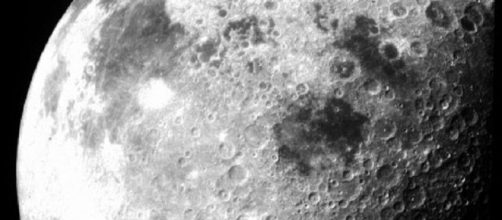Moon Express, one of the private groups competing for the Google Lunar Xprize, has announced its plans for moon exploration for the rest of the decade. The nascent moon mining company’s plans are nothing if not ambitious. It Moon Express succeeds, it will become the first private firm to exploit the moon for its resources much earlier than many thought possible.
Lunar Scout
The first probe Moon Express intends to launch is the Lunar Scout, which the company hopes to launch before the end of 2017 as part of its quest to win the Google Lunar XPrize.
The probe will carry a number of payloads, including, “the International Lunar Observatory, “MoonLight” by the INFN National Laboratories of Frascati and the University of Maryland, a Celestis memorial flight.” Lunar Scout will also attempt to fulfill the terms of the Google Lunar XPrize by returning high-resolution images and video of the moon's surface to Earth and hopping 500 meters from its landing site by reigniting its engine and flying to a new location.
Lunar Outpost
The second expedition is called the Lunar Outpost which will attempt to land at the moon's south pole. Once there, the probe will prospect for minerals and water from the moon and will carry a number of other scientific instruments provided by commercial and space agency partners.
Lunar Harvest
The most ambitious mission Moon Express is planning is called Lunar Harvest. The probe will land on the moon's surface and take a sample of lunar soil and minerals. Then a return vehicle will take off and take the sample back to Earth. Moon Express intends to make some of the sample available for scientific research and sell the rest on the commercial market at auction. Since the double failure of the Chinese Long March 5 rocket, Moon Express has an outside chance of beating China’s similar Sample Return Mission.
Moon Express’ family of lunar landers
Moon Express plans to deploy a number of lunar landers of increasing size and sophistication based on the MX-1 module. The MX-1 will fly alone as the Lunar Scout.
The MX-2 would comprise of two modules and would be capable of reaching the moons of Mars or Venus. The MX-5 would take 150 kilograms to low lunar orbit and could be used for lunar surface or interplanetary missions depending on the configuration. The MX-9 can take 500 kilograms to the lunar surface and would be utilized for the Lunar Harvest sample return mission. The MX-1 would fly to the moon using a Rocket Lab Electron launch vehicle now being tested in New Zealand. The MX-9 will require a Falcon 9 to fly to the moon.


